The 1040 Federal Income Tax Return resembles the WV Tax form closely because it serves a similar purpose at the federal level, detailing an individual's income, deductions, and credits to determine their tax liability. Both forms include sections for personal information, income details, deductions, credits, and a calculation section to arrive at the tax due or refund owed. The layout and specifics differ to accommodate federal versus state tax laws, but their structure and objectives align.
The Schedule C (Profit or Loss from Business) mirrors parts of the WV Tax form that accommodate adjustments to income, as it's used to report earnings and expenses from a sole proprietorship. Anyone filing the WV Tax form with self-employment income would navigate similar calculations and considerations found in Schedule C, such as determining net profit (or loss) which then impacts the adjusted gross income on both the state and federal levels.
The W-2 Form (Wage and Tax Statement) is a document that feeds directly into the information required for the WV Tax form. It outlines an employee's annual wages and the amount of taxes withheld from their paycheck. The direct relevance of this document is found in the necessity for taxpayers to accurately report their income on both state and federal tax returns, using details provided in the W-2.
The 1099-MISC Form, used for reporting miscellaneous income, shares a connection with the WV Tax form in terms of reporting income that may not be traditionally taxed at source. Freelancers, contractors, and others receiving income reported on a 1099-MISC must report this income on their tax returns, impacting their taxable income and tax liability similar to W-2 income.
Schedule A (Itemized Deductions) is akin to parts of the WV Tax form that deal with deductions. While different deductions may be available on state versus federal returns, the concept of itemizing deductions to reduce taxable income is consistent. Taxpayers use Schedule A to itemize deductible expenses such as mortgage interest and charitable donations, paralleling the process of deducting allowable expenses on state returns.
The Schedule E (Supplemental Income and Loss) parallels the WV Tax form in its treatment of income or loss from rental real estate, royalties, partnerships, S corporations, estates, and trusts. This schedule impacts the total income reported and taxed, similar to how various schedules attached to the WV form adjust gross income to arrive at a state taxable income figure.
The 4868 Form (Application for Automatic Extension of Time To File U.S. Individual Income Tax Return) is comparable to any extension request provision in the WV Tax form. Both offer taxpayers more time to file their returns without penalties for late filing, though not extending the time to pay taxes due. The principles behind this are consistent at both the federal and state levels.
The Schedule SE (Self-Employment Tax) shares a conceptual similarity with self-employment income considerations on the WV Tax form. It calculates the amount of self-employment tax owed on income that isn’t subject to employer withholding. Any entrepreneur or freelancer would encounter this on both their federal and state tax calculations, affecting overall tax liability.
The Child Tax Credit form (CTC) finds its state-level counterpart in any child or family tax credits offered through the WV Tax form. These credits are designed to reduce tax liability for taxpayers with dependent children, reflecting a consistent policy goal between federal and state tax codes to provide financial relief to families.
Finally, the W-4 Form (Employee's Withholding Certificate) indirectly relates to the WV Tax form by influencing the amount of state tax withheld from an employee’s paycheck. The information provided on the W-4 helps employers determine the correct amount of both federal and state taxes to withhold, thus affecting the taxpayer’s eventual refund or amount owed on the state return.
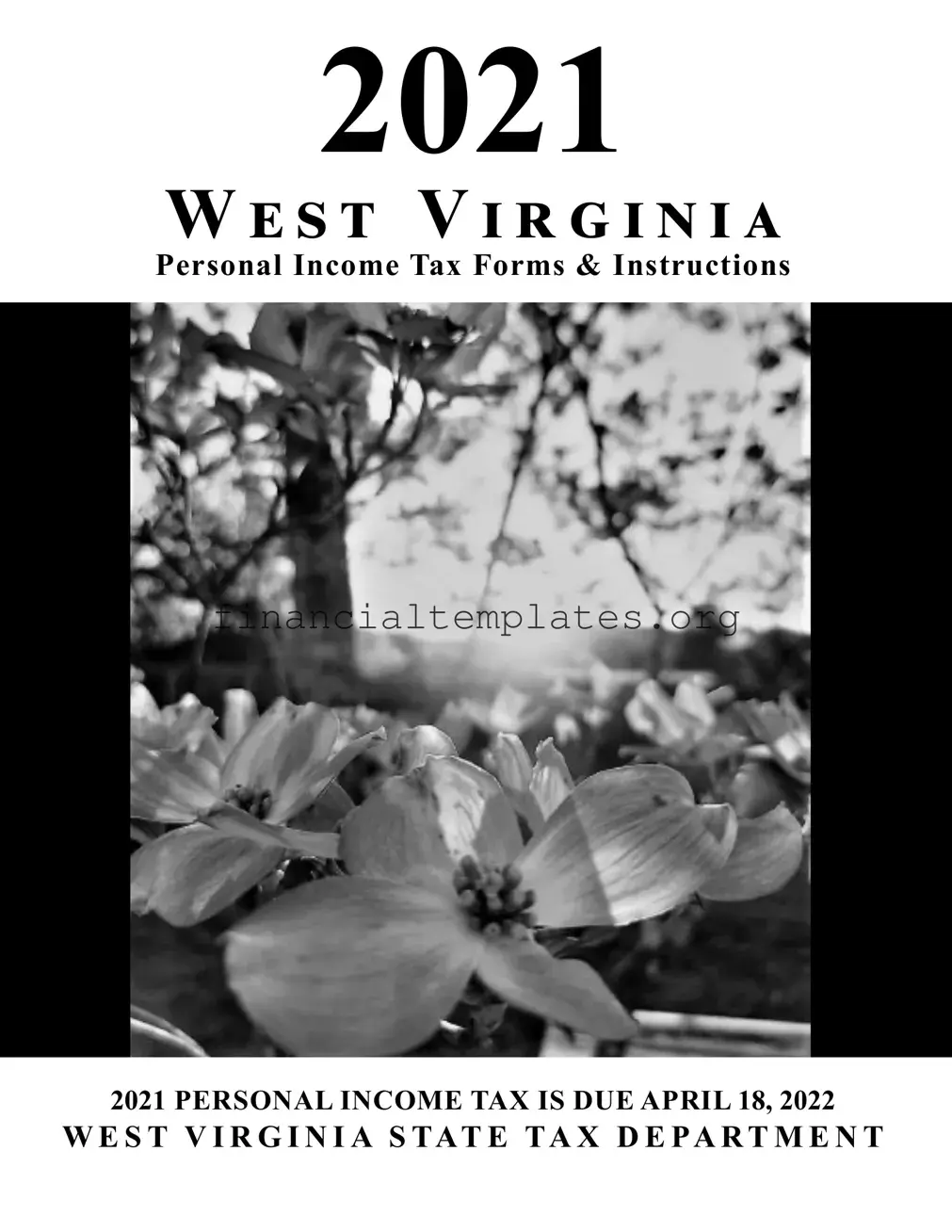


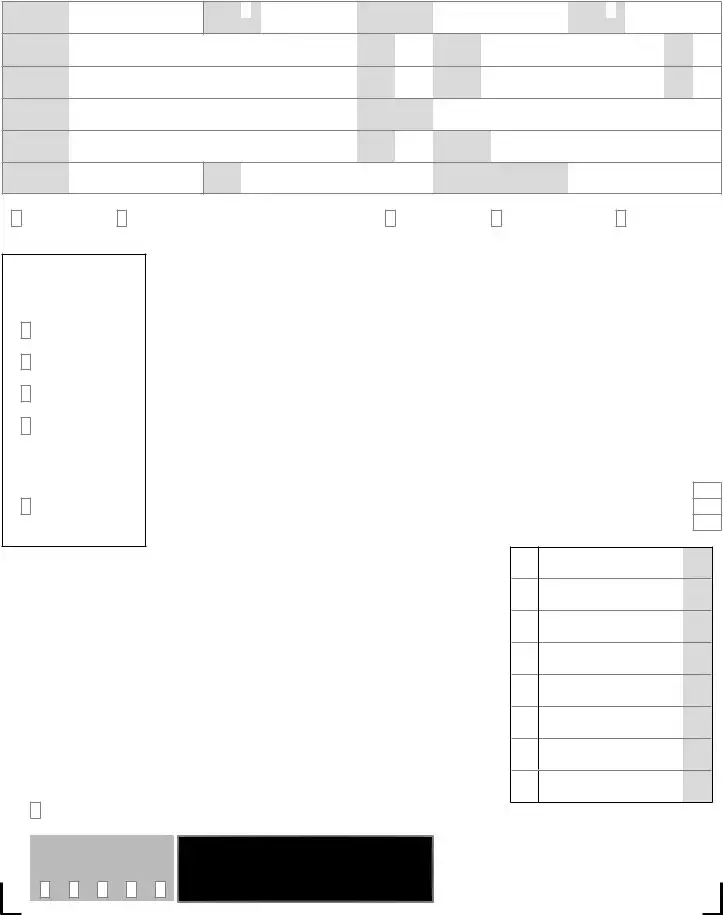
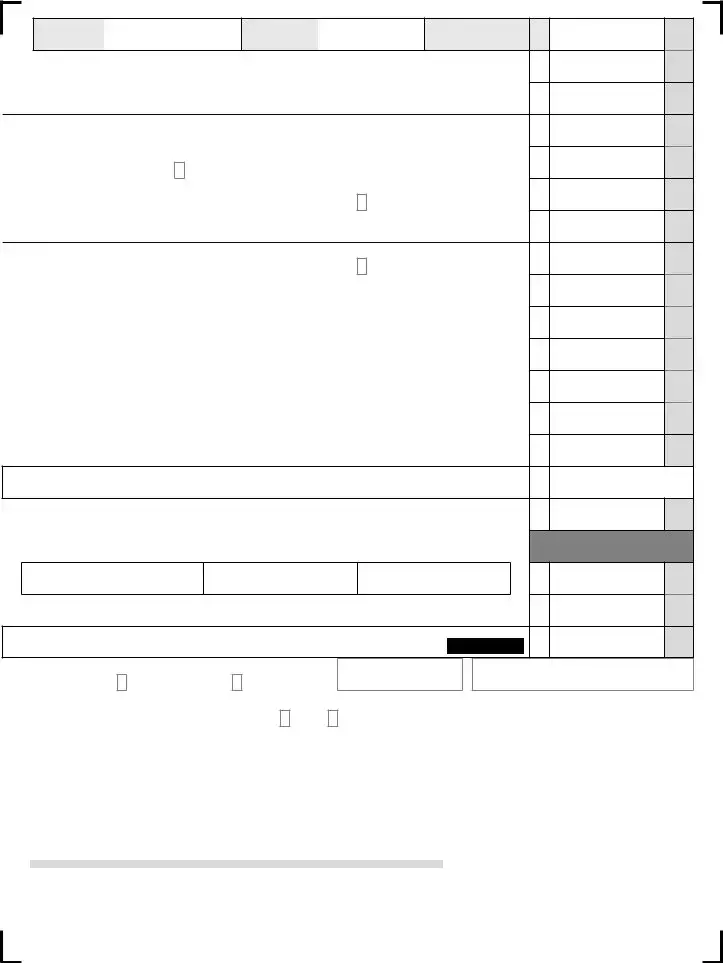



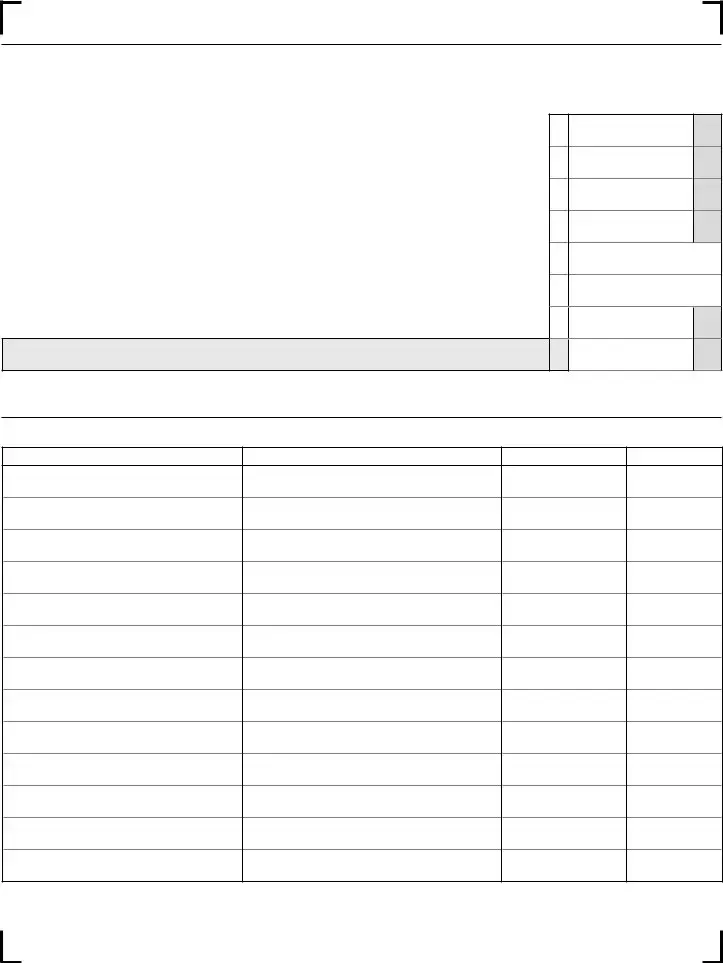

 Surviving wife or husband, claiming a refund based on a joint return
Surviving wife or husband, claiming a refund based on a joint return Administrator or executor. Attach a court certificate showing your appointment.
Administrator or executor. Attach a court certificate showing your appointment.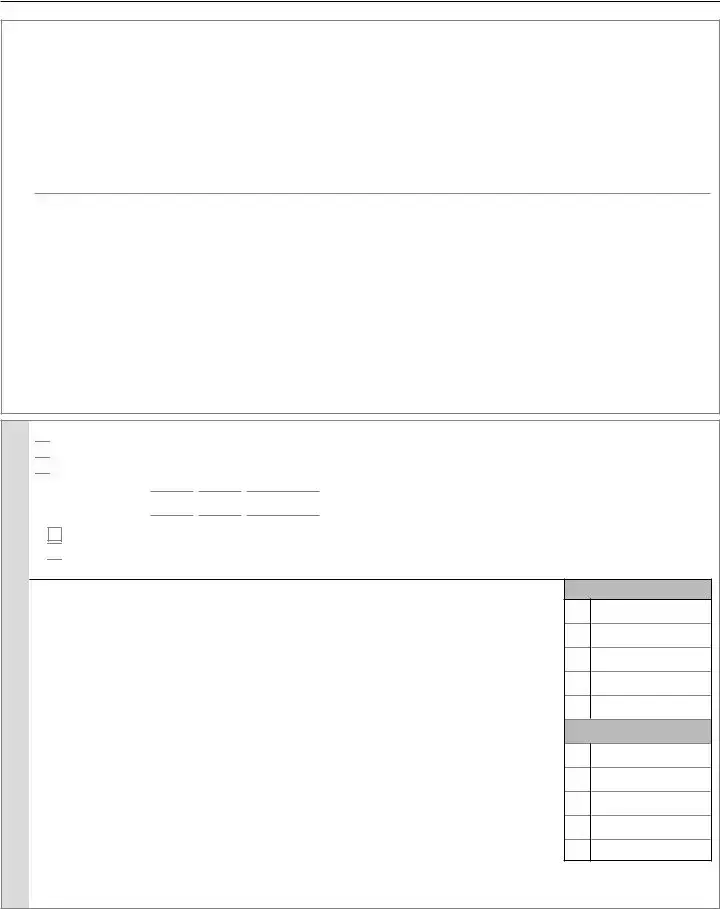

 Resident
Resident
 Nonresident – did not maintain a residence in West Virginia during the taxable year (NO CREDIT IS ALLOWED)
Nonresident – did not maintain a residence in West Virginia during the taxable year (NO CREDIT IS ALLOWED)








 Moved out of West Virginia, but had West Virginia source income during your nonresident period
Moved out of West Virginia, but had West Virginia source income during your nonresident period 
 Moved out of West Virginia and had no West Virginia source income during your nonresident period
Moved out of West Virginia and had no West Virginia source income during your nonresident period